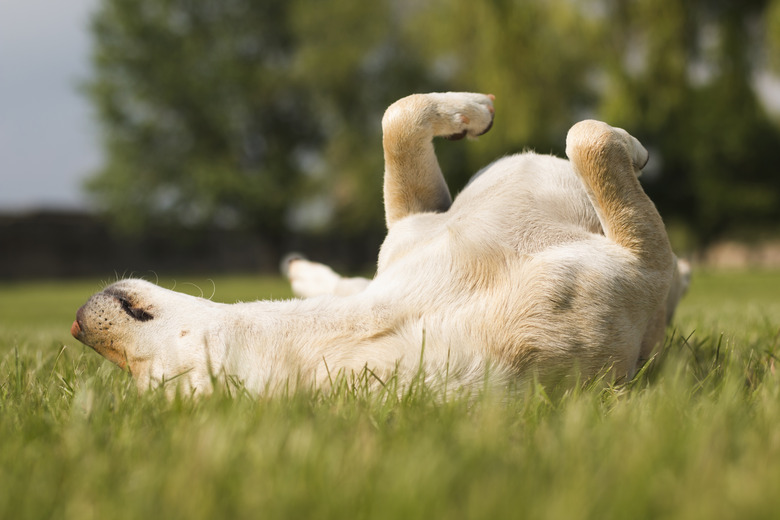Why Is My Dog's Chest Red?
You were petting your pup when you noticed her chest was red. You're wondering if this is a major cause for concern or it's just something that happens sometimes, like a fatty tumor.
Learn why your dog's chest might be red, as well as when you should take her to the veterinarian to receive treatment.
A yeast infection
A yeast infection
A red chest on your dog might indicate a yeast infection, which is very common amongst canines. Usually, it's not a big deal, and just shows that your dog's skin is oilier than usual. Sometimes, a yeast infection signals another medical issue going on, such as immune deficiency, which is when it can become more serious.
Only your veterinarian will be able to determine the root cause of the yeast infection and give you the right treatment, whether it's topical or oral. Typically, treatment will last a few weeks up to several months depending on the severity of the yeast infection. However, the treatment will reduce itchy skin problems within a week, which will give your dog a lot of relief.
Fleas and ticks
Fleas and ticks
If you've noticed pesky fleas and ticks jumping around on and attacking your pup, then they may be causing your dog's chest to become red. When fleas bite your dog, they leave little red bumps, which can become inflamed once your dog starts scratching them. If your dog has flea allergy dermatitis, which means she is allergic to flea saliva, this can create an even bigger problem and make her chest appear redder. She may also have scaly skin and lose some hair if this is the case.
When you take your dog into the vet, she will likely be given a topical treatment, or corticosteroids or antibiotics if the problem is more severe. Your vet will likely also recommend that you take preventative steps like using flea medicine and a monthly treatment for fleas.
In terms of ticks, if your dog is bitten, there is a possibility that the area around the bite will be red, even after you remove the tick. If your dog got bitten on the chest and it turns red, then the area might be infected. Your vet will probably give your dog an antibiotic and test for tick diseases just in case.
An allergic reaction
An allergic reaction
Just like humans, dogs are prone to allergic reactions, and they can manifest by making your dog's chest red. It can be difficult to determine exactly what the cause of the reaction is. However, common allergies include medications, vaccines, mold, chemicals, bug bites and food. You'll know when your dog is likely experiencing an allergic reaction if her chest is not only red, but she's scratching, her face or other parts of her body appear puffy, her skin feels hot when you touch it, and she is agitated or unable to sleep.
If the allergic reaction is severe, your dog may collapse, not be able to breathe properly, and have an abnormal heart rhythm. If you notice any of these signs, you'll need to immediately take your dog to the veterinarian. In most cases, an allergic reaction isn't a big deal, and your vet will usually recommend you give your dog some Benadryl. Make sure you ask how much to give your dog depending on her weight.
When to see a vet
When to see a vet
You know what's normal and what's not for your dog. If she is acting different or shows any serious signs of pain or fatigue, take her to the veterinarian as soon as possible. Most likely, your dog's red chest isn't going to be a major issue, but it's always better to call up your vet to be on the safe side.
Always check with your veterinarian before changing your pet's diet, medication, or physical activity routines. This information is not a substitute for a vet's opinion.


